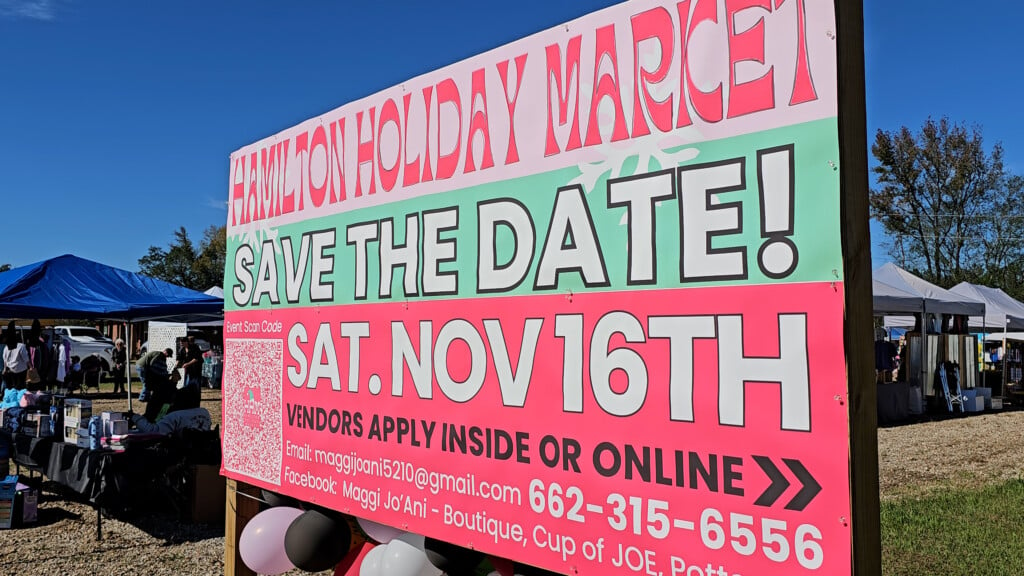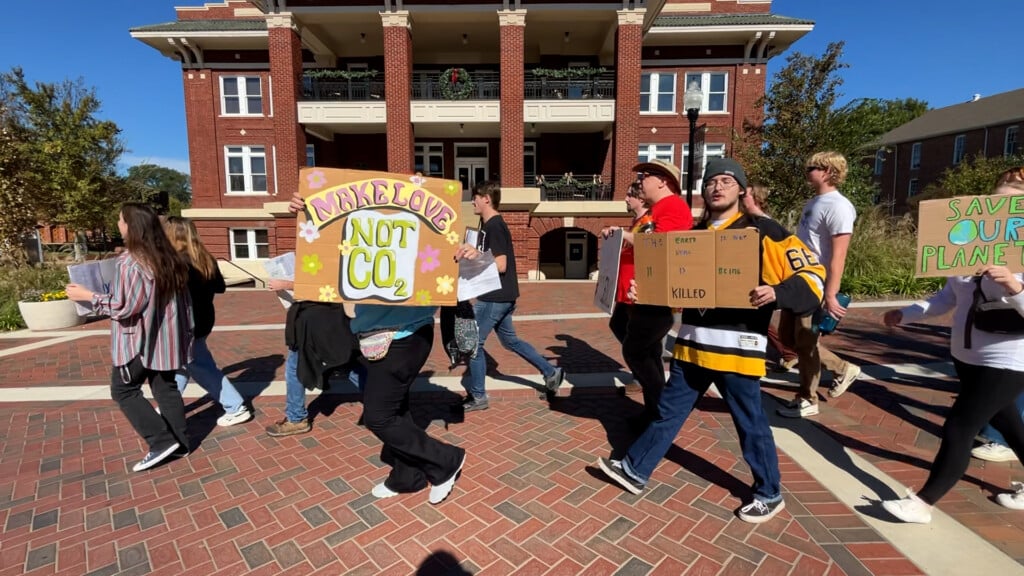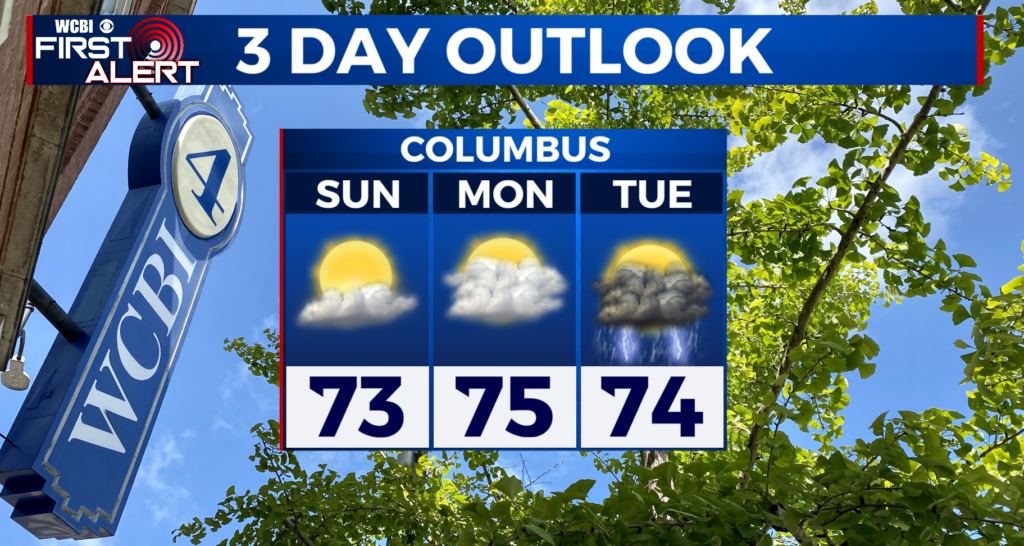When a political campaign ends, where does all the extra money go?
By the end of March, as the Democratic primary process wound down, the super-sized field of two dozen presidential hopefuls had raised nearly $800 million total to fund their bids for the White House. That’s much higher than the $300 million the 17 Republican candidates running in 2016 raised in the same time period, although many GOP candidates relied on super PAC funds, loans or self-funding, which provided the majority of the money spent in the fight against Donald Trump.
And in terms of their spending, Democrats’ estimates do not include eye-popping numbers like the $1.04 billion Mike Bloomberg put toward his own campaign and $315 million Tom Steyer dropped for his presidential run.
At the same time, the crowded field also spent more than $2.1 billion through the end of March including more than $1 billion by Bloomberg, nearly $350 million by Steyer, and more than $195 million by Bernie Sanders, who then suspended his campaign in early April.
Despite more than $2 billion in fundraising and expenditures since the primary kicked off last year, records show the group of former Democratic presidential hopefuls who have now put their presidential dreams to rest were still sitting on some $44.5 million cash on hand at the end of last month.
So, what will happen to all that cash?
Candidates have a number of options. In some cases, after a campaign ends, candidates continue to pay campaign-related costs.
Once this is finished, they can also donate cash to charity and causes. After his campaign ended, Beto O’Rourke made donations to Everytown for Gun Safety and March for our Lives, which champion gun control, a cause O’Rourke spoke passionately about on the trail. Meanwhile, Washington Governor Jay Inslee gave his remaining funds to the organization Cool Effect, after pursuing a campaign centered on climate change.
Former candidates can also transfer excess cash to the national party. Bloomberg’s self-funded presidential campaign made the unprecedented move last month when it shifted $18 million to the Democratic National Committee. It was the largest transfer by a presidential campaign in recent history and was made possible thanks to a loophole that allows for unlimited transfers from candidate committees to party committees.
This year nearly a dozen members of the Senate and House also ran for president. In their cases, candidates transferred more than $45 million in leftover congressional race funds into presidential campaigns. At the end of this cycle, candidates can also shift funds in their presidential committee accounts back to congressional committees as long as donations don’t surpass limits on what donors had already contributed.
Candidates not holding other federal elected office have already indicated how they plan to move forward. Pete Buttigieg went from Midwest mayor to one of the top fundraisers in the 2020 presidential cycle, hauling in more than $101 million since launching his bid last spring. He dropped out in early March but by mid-April, he had converted his presidential committee into the Win the Era PAC to continue what his campaign started.
“Our nation and world are in a period of upheaval right now, which will make it more important than ever to support and elect good leaders this November and into the future,” read an email to Buttigieg supporters.
While Julian Castro exited the presidential race in January, in March, his presidential committee filed with the FEC that it was changing to a PAC renamed “People First Future.” According to the filings, it made contributions to five House candidates.
At the same time, Senator Kamala Harris also linked up with the DNC. In April, the California Senator entered a joint fundraising agreement with the national party called the Kamala Democratic Unity Fund. Through it, donors can give both to Harris and the party. As her name is floated as a possible Biden running mate, Harris has also appeared in a virtual Biden fundraiser as well as online events for several senate candidates in recent weeks.
Entrepreneur Andrew Yang was a dark horse in fundraising in the Democratic primary, raising more than $40 million for his presidential bid thanks largely in part to his diehard supporters known as the Yang Gang. He dropped out of the race following the New Hampshire Primary.
“You literally slam on the breaks,” Yang’s campaign manager Zach Graumann said of the end of the campaign. “Two hundred employees, millions of dollars in revenue coming in, offices in five plus states, all these things and then it just stops, so that’s what’s crazy.”
In the wake of his bid, Yang has since started a nonprofit organization called Humanity Forward to continue to pursue his vision and policies started with the campaign, including the provision of a universal basic income for Americans.
Other Democratic presidential campaigns still owed more than $22 million in debts at the end of March. Most of the candidates have cash at their disposal to cover the costs, but other campaigns will have to keep raising funds or negotiate to cover outstanding costs.
“It lingers on in sort of a zombie state, more or less indefinitely, until the debt is repaid or otherwise extinguished,” said Adav Noti from the Campaign Legal Center, who pointed out there are strict rules for presidential campaigns repaying funds.
Newt Gingrich for example ended his 2012 presidential bid in May of that year, but he was still filing FEC reports nearly eight years later. As of this April he had more than $4.6 million in campaign debt.
No candidate this cycle had more than $2 million in debt as of March 31, without more cash on hand to pay down costs, but there are a few former presidential hopefuls whose filings show debts outweigh their cash reserves including Harris, John Delaney, Marianne Williamson and a candidate who never quite got off his feet or hit the trail, Wayne Messam.





Leave a Reply